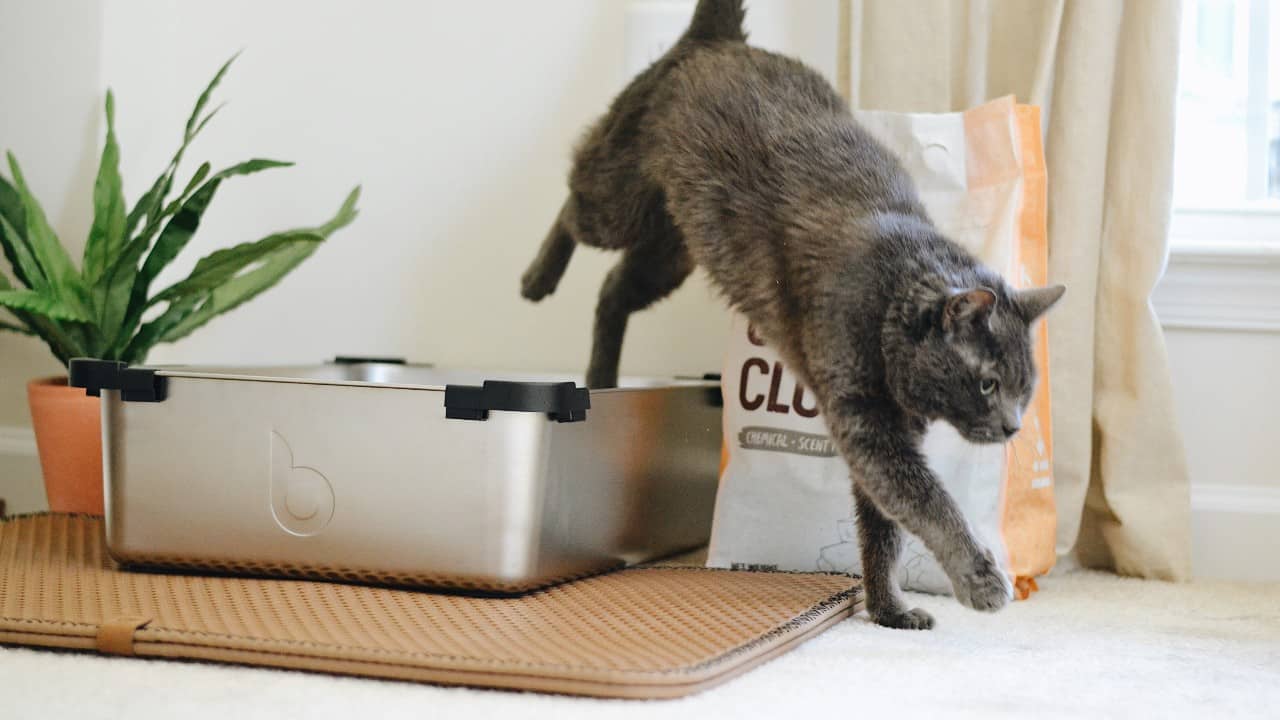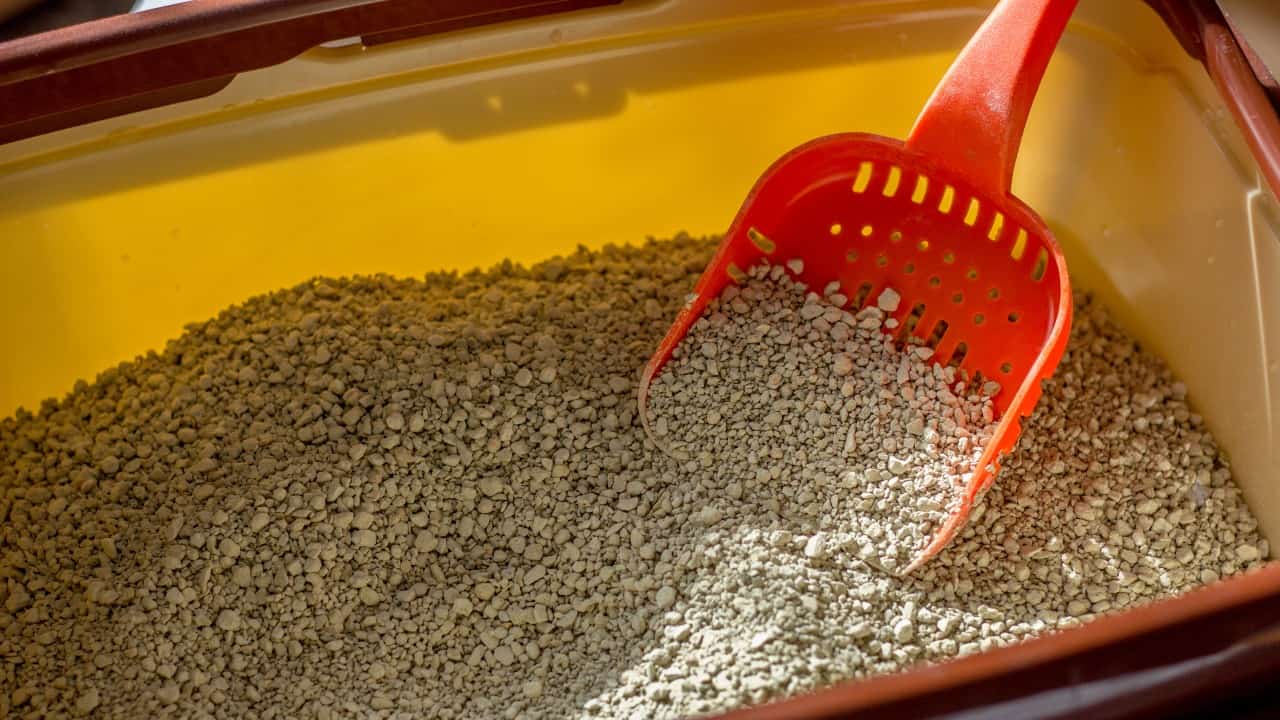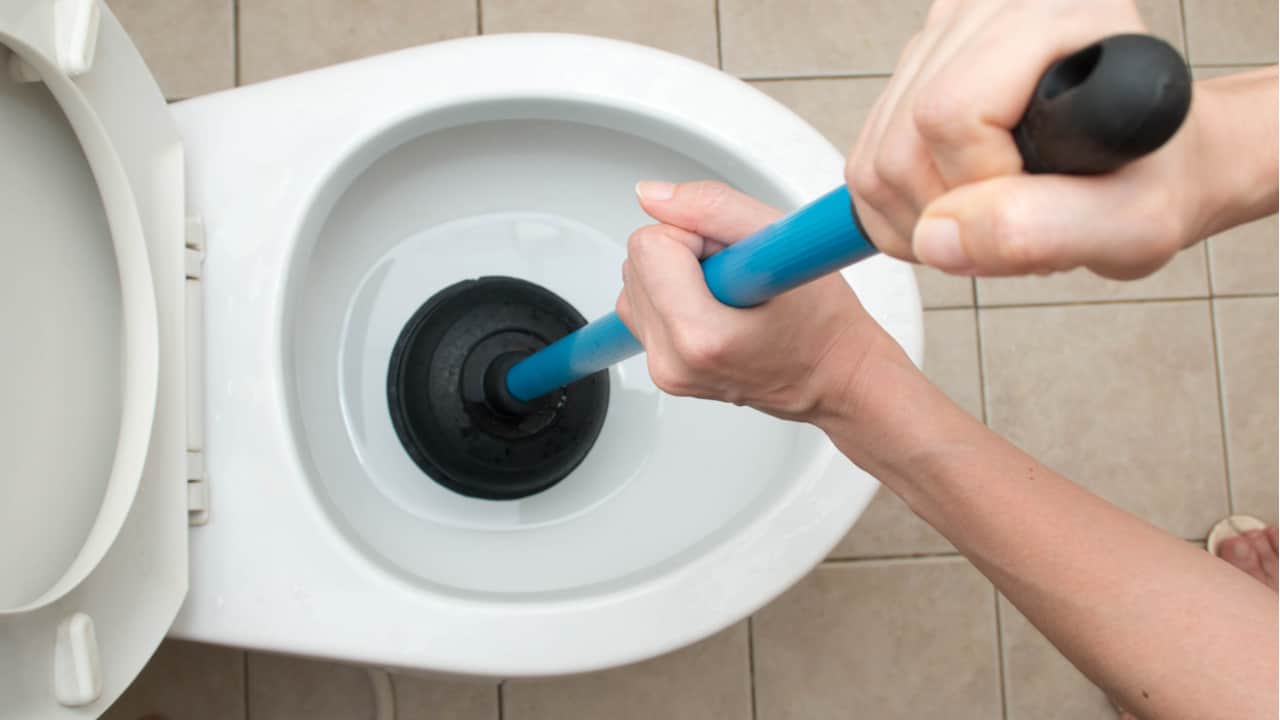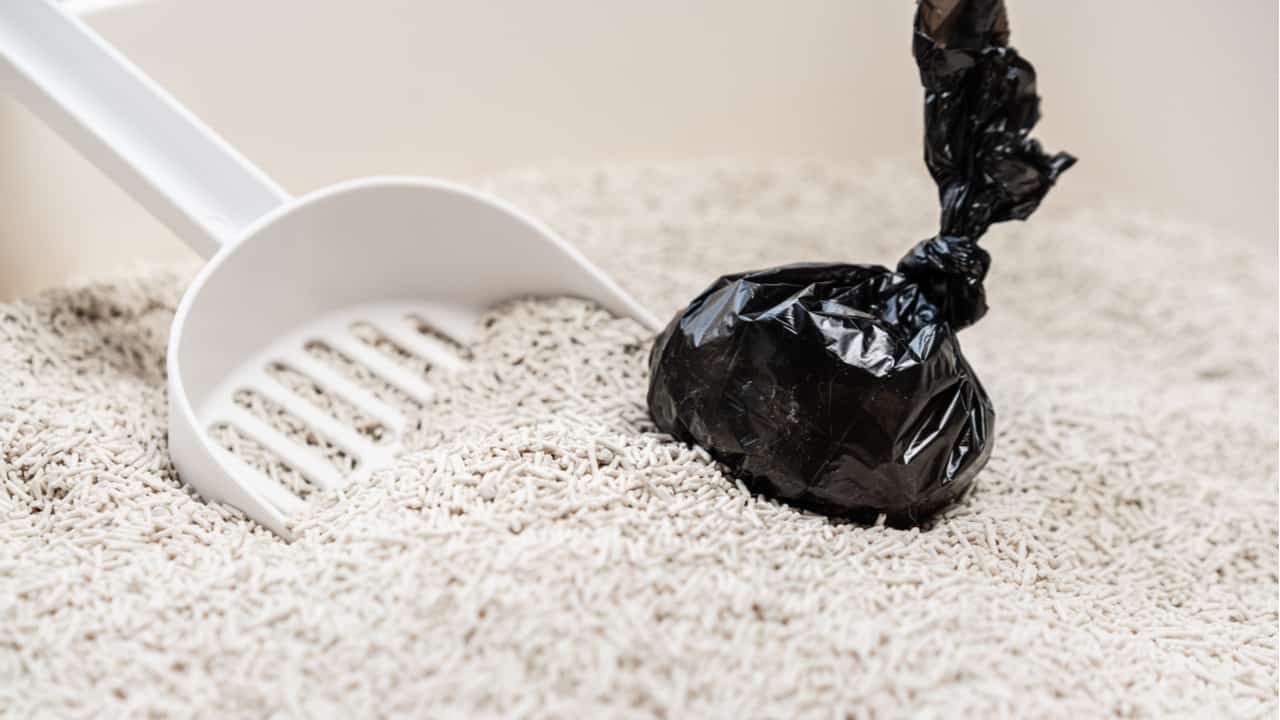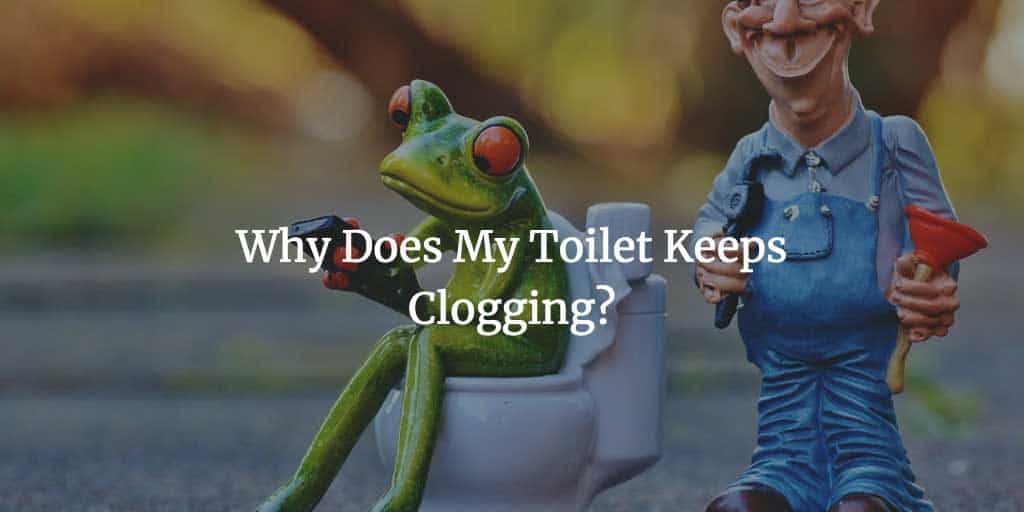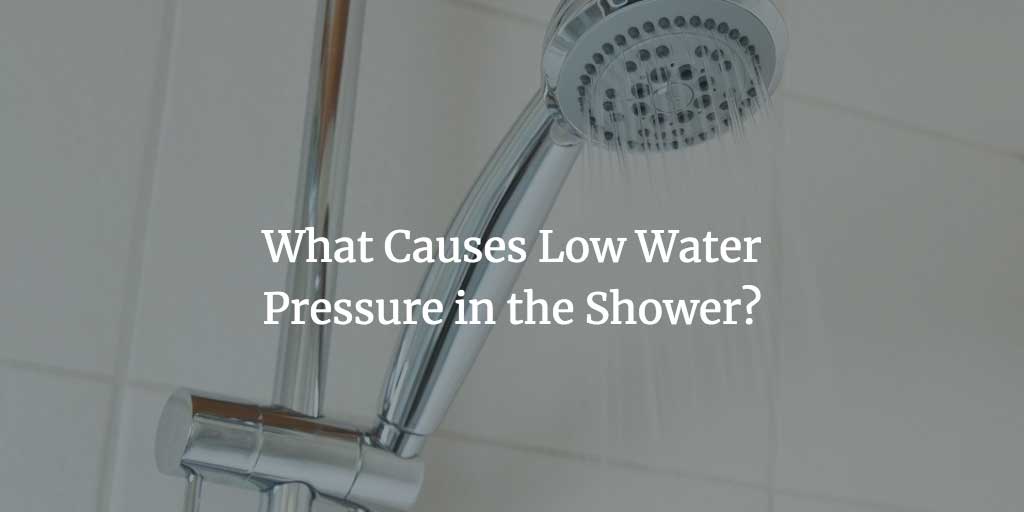Getting rid of cat litter can be a bothersome task – there’s no doubt about that, so you are probably asking, “Can you flush cat litter down the toilet?” Although flushing it down the toilet may sound like a pretty good idea, that’s something you should never do. Here’s why:
Contents
Non-Flushable Cat Litter
The most traditional (and most common) type of cat litter is the one made of clay. Typically, this kind of cat litter is made in a way so that it clumps whenever it absorbs moisture. In other words, it transforms into a scoopable clump every time it absorbs fluids, which is precisely what turns it into a great choice for managing cat urine.
However, this type of cat litter should never be flushed down the toilet, no matter what type of toilet flush system you have, one really doesn’t have to be an expert to realize this. It can cause severe damage to the septic tank and clog the toilet pipes.
Oh, and if you are also asking: Can you flush dental floss in the toilet? The answer is also no. But can you flush tampons down the toilet? Still a hard no.
Flushable Cat Litter
If you own a cat, you’ve probably seen cat litter that is labeled as “flushable” during your visits to the pet store. Have you ever wondered whether it’s really flushable or is that just a marketing trick used to make this product appealing to cat owners?
Technically speaking, yes, this type of cat litter is flushable. That doesn’t, however, mean that you should dispose of it by flushing it down your toilet. Look at it in this way – you’re totally capable of swallowing a small bar of soap, but does that mean that you actually should swallow it? There’s a chance that it won’t flush properly.
This type of cat litter was made in a way so that it can easily slide down the waste pipe. But, just like in the case of soap and your throat, it still shouldn’t be flushed down the toilet – ever.
While it’s true that the people who make flushable cat litter do so with the clogging issues in mind, clogging is not the only problem cat litter can create. Flushing this loose, granular material down the toilet can cause one other, potentially very dangerous issue, which we’ll discuss in the next paragraph.
Infusing Parasites into the Waterway
It goes without saying, but used cat litter always contains some amount of cat excreta (feces). And, out of all warm-blooded animals in the world, our feline friends are the main carriers of a parasitic protozoan called Toxoplasma gondii, which can often be found in cat feces.
What makes this parasite notorious is the fact that it’s the main causer of Toxoplasmosis, a disease that can be extremely dangerous for people with weak immune systems. Usually, a person isn’t aware that he or she has this condition at all, as the healthy human body can fight it off quite easily.
However, in pregnant women and people with compromised immune systems, Toxoplasmosis can cause the death of the fetus, premature birth, loss of eyesight, and brain damage. What is more, this parasitic disease has been associated with a number of mental disorders, including schizophrenia and OCD (obsessive-compulsive disorder).
Toxoplasmosis doesn’t affect only humans – it is just as dangerous to animals. For example, it can be life-threatening for marine mammals such as sea otters. So, whenever you throw the cat litter into the toilet and flush it down, there’s a good chance you’re infusing the water supply with Toxoplasma gondii and, in that way, increasing the chances of both humans and animals getting infected by it.
Damage to the Septic System & Clogging Issues
All septic systems are designed to break down toilet tissues and human waste – not the cat litter. Whether we’re talking about non-flushable or flushable cat litter, this substance doesn’t break down in the same way that human waste does.
Obviously, this can have a negative effect on the septic tank – it can damage it severely or cause it to overflow. So, avoid flushing cat litter down the toilet if you don’t want to spend thousands upon thousands of dollars to have your septic tank repaired or rebuilt.
There’s also the issue of clogging. No matter what its packaging is saying, flushable cat litter can still totally clog the toilet pipes. This doesn’t, however, mean that the advertisements are untrue – it simply means that their main goal is to make you purchase the product, despite the fact that this product can still clog your pipes (although the chances of that happening are smaller than with the non-flushable cat litter).
Look at it in this way – the more advanced toilets use about 1.6 gallons of water for each flushing. This amount of water doesn’t provide enough momentum to push the cat litter completely down the waste pipe. As you can already guess, a continuous reoccurrence of this is bound to lead to serious clogging issues.
The Alternatives
Now, you may be wondering – “how in the heck am I going to dispose of cat litter if I can’t just flush it down the toilet?”. The best course of action would be to simply scoop it into a bag and throw it into the trash.
While scooping the urine clumps and feces, make sure to watch out for the smallest particles of it – when accidentally inhaled, they can cause respiratory issues.
You could also purchase a cat litter that is biodegradable and compost it. This is a great idea if you have a garden – once the litter has decomposed, you’ll be able to use it as manure for your non-edible plants. Those without a garden can simply bury the litter.
The Conclusion
For cat owners, the disposal of feline excreta can sometimes be quite a worrisome problem. And to most owners – maybe even yourself – dealing with this whole issue by using the toilet’s flushing action may seem like an easy and safe solution.
However, doing something like this is definitely not recommended. Not only can it damage the septic system and clog the pipes, but it can also increase the chances of public infection and harm other animals. Your best bet is to go with one of the alternatives, such as composting the litter or simply scooping it away and throwing it into the trash.
